Inside the Waldorf Astoria's dazzling restoration, from cigar smoke to snowy owls
How a team of architects from SOM and a group of art conservators brought New York's grand dame back to her original Art Deco splendor
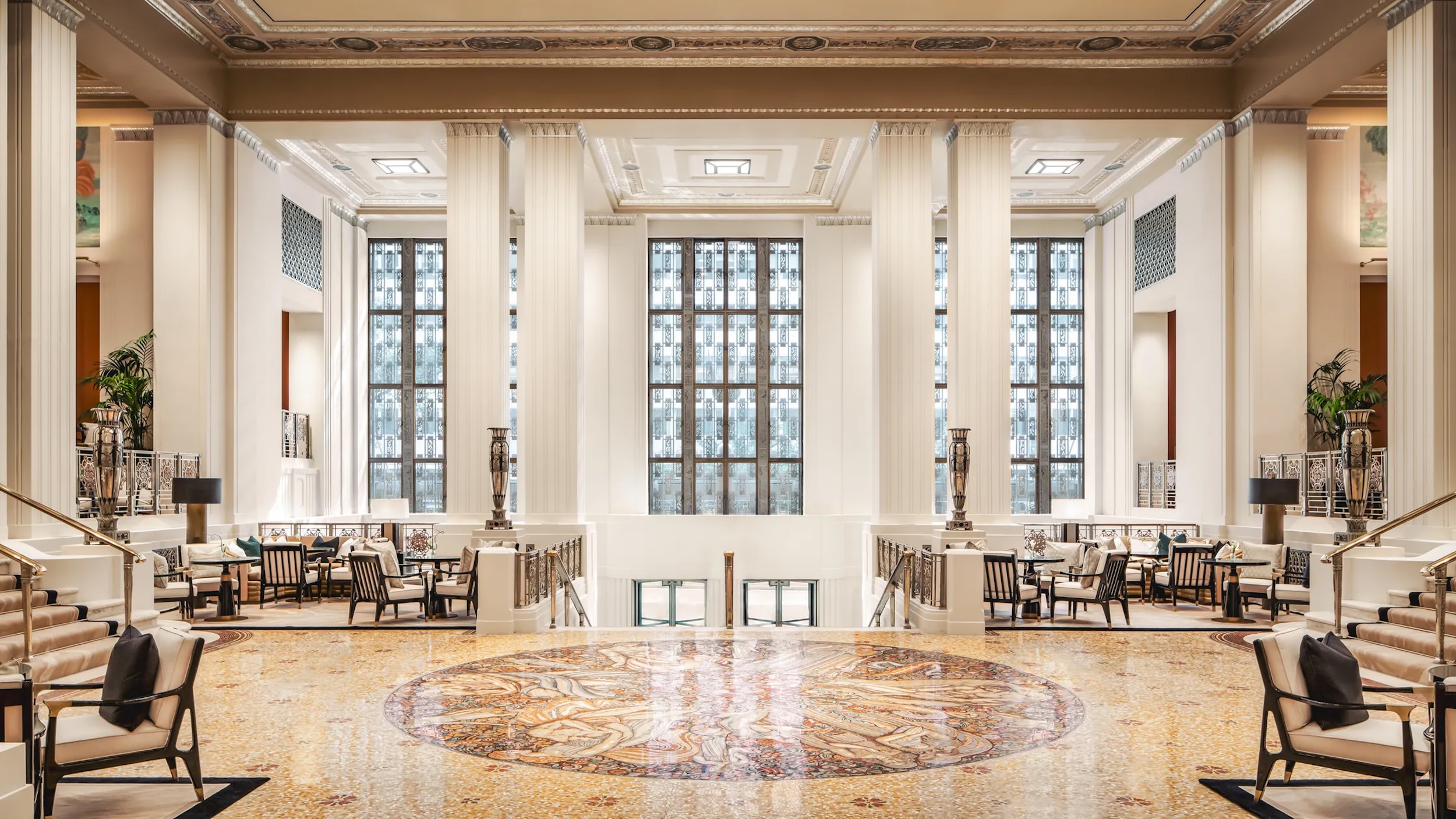
A great hotel should welcome its guests with thoughtful amenities and a timeless sense of style, but when you’re the Waldorf Astoria, New York's Art Deco Grand Dame, there’s no use in disguising a majestic history. Nowhere else in Manhattan can you meet a friend 'by the clock' and find yourself at the foot of a spectacular timepiece commissioned by Queen Victoria for the World’s Columbian Exposition in 1893, or casually admire Cole Porter’s Steinway piano on your way to the bar.
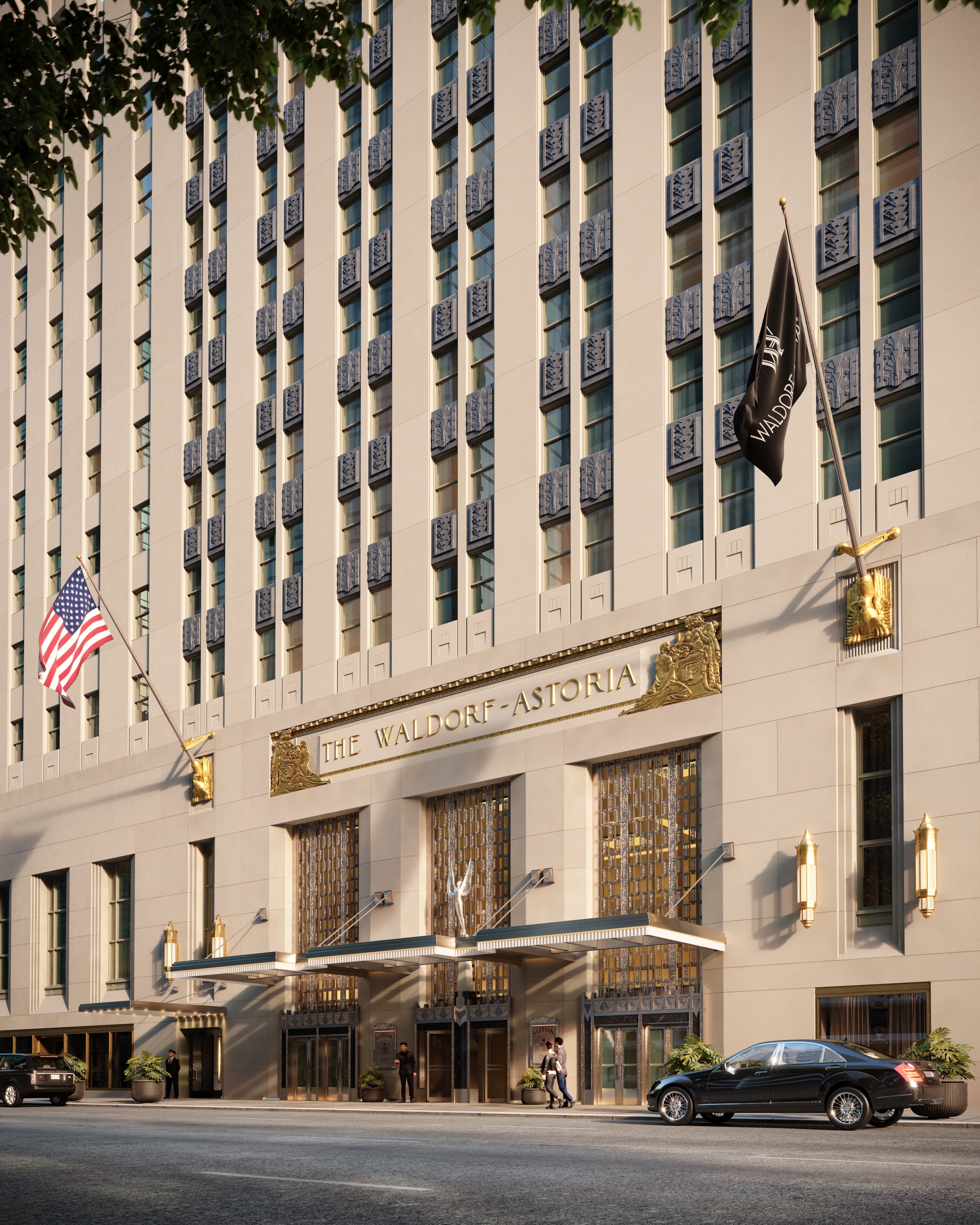
The exterior of the Waldorf Astoria New York.
The Waldorf has a complex origin story rooted in both the Gilded Age and the Machine Age, but thanks to a deft reimagining and exquisite restoration led by Skidmore, Owings & Merrill, its newest incarnation, after a decade-long restoration effort, is at once reverent of its heritage and attentive to the realities of travel, city living and hospitality in a changing world.
The design team wanted to bring the hotel’s appearance back to its original splendor while accomodating luxury residential apartments (with interiors designed by Jean-Louis Deniot) and a 375-key five-star hotel (with interiors by Pierre-Yves Rochon). But you don't need to buy an apartment or book a stay to experience the hotel's spectacular – and freshened-up – public spaces. Newly luminous murals, exquisite marble, and gleaming metalwork were all the product of meticulous research, expert craftsmanship and skilled restoration.

The hotel's Park Avenue lobby, shown here in the 1930s.
Changes to the hotel’s physical structure, though, were the first big challenges facing the venerable architecture firm SOM in this years-long project. Ken Lewis, a managing partner at SOM, likens the process to peeling a monumental onion and likens it to his work on the World Trade Center in terms of timeline.
'It was a real journey of discovery for us. The more you worked at the onion, the more layers you peeled away, the more things you found,' he says.
'The more you worked at the onion, the more layers you peeled away, the more things you found.'
Ken Lewis, SOM
The team plumbed the depths of the Wolfsonian Collection at Florida International University, which houses the original architectural drawings by the building's architects, Schultze and Weaver. But much of the research actually took place on site, where Lewis and his colleagues studied the building’s structure and realized that with the move from a traditional hotel design to a new combination of branded residences and hotel suites, the guts of the building would need to be rebuilt while its landmarked public spaces were exquisitely restored.
'There were two cores,' Lewis explains. 'One was a service core, and the other was to serve the hotel, and it went all the way up...While we started with just trying to reuse those existing cores, maybe repurpose the elevators, in the end, they all had to be completely ripped out and rebuilt completely.'
Receive our daily digest of inspiration, escapism and design stories from around the world direct to your inbox.
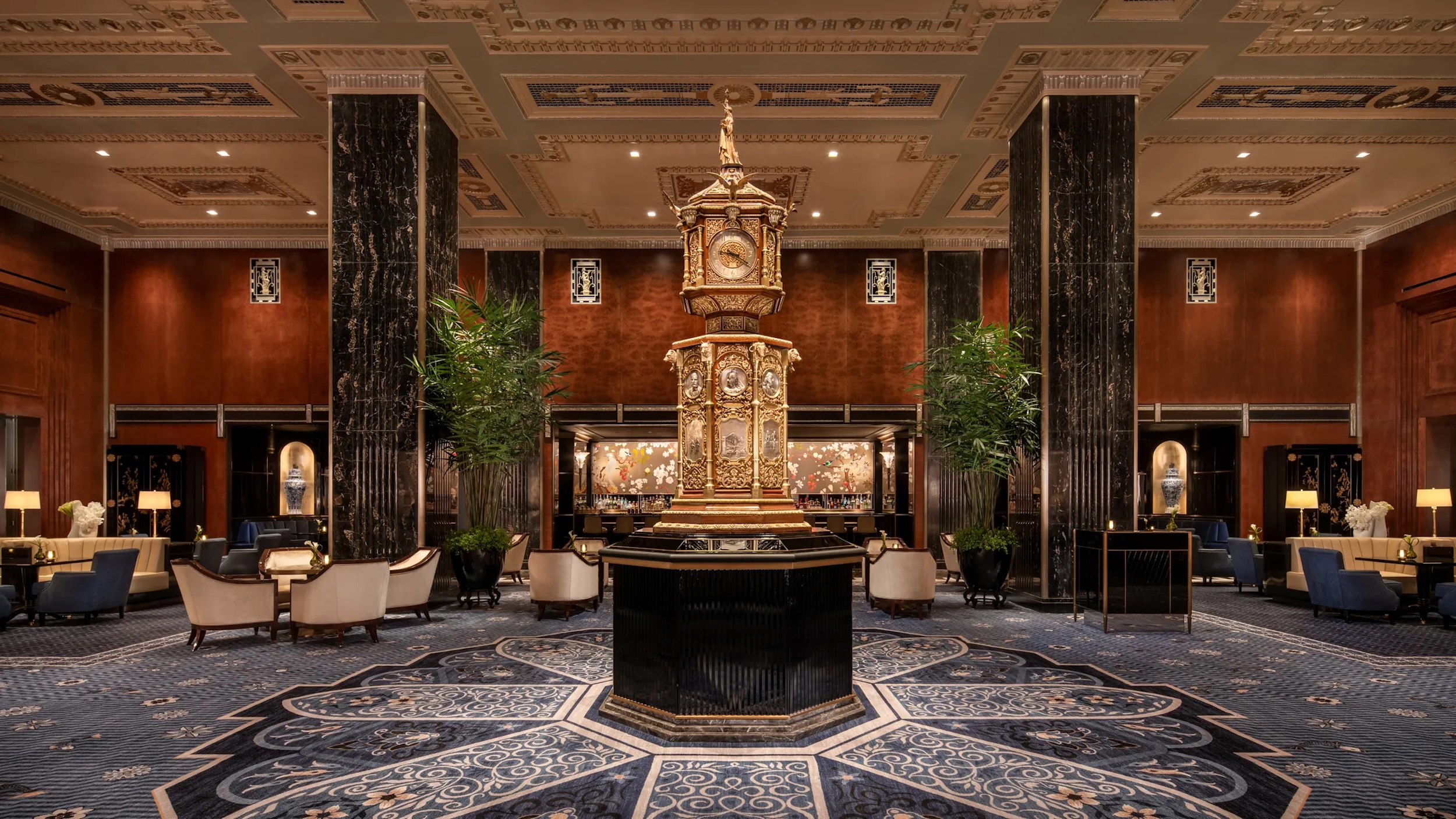
A view of 'Peacock alley,' complete with its grand Victorian clock.
Even as 1.5 million square feet of space was reconfigured for the hotel’s 21st-century reimagining, the remaining 62,000 square feet of landmarked lobbies and other public spaces were restored with a light touch and a deep sense of history. 'The exterior is very American. It's pretty geometric, while the interior is a mix of fauna and more naturalistic forms,' says Lewis.
'The archives were essential to the restoration of metal elements inside the hotel, says Raymond Pepi, president of Building Conservation Associates, the preservation conultancy that worked along SOM. Elegant metal urns in the front lobby, which had been lost, were recreated using historical photographs, for instance. Records also helped recreate original light fixtures throughout the hotel.
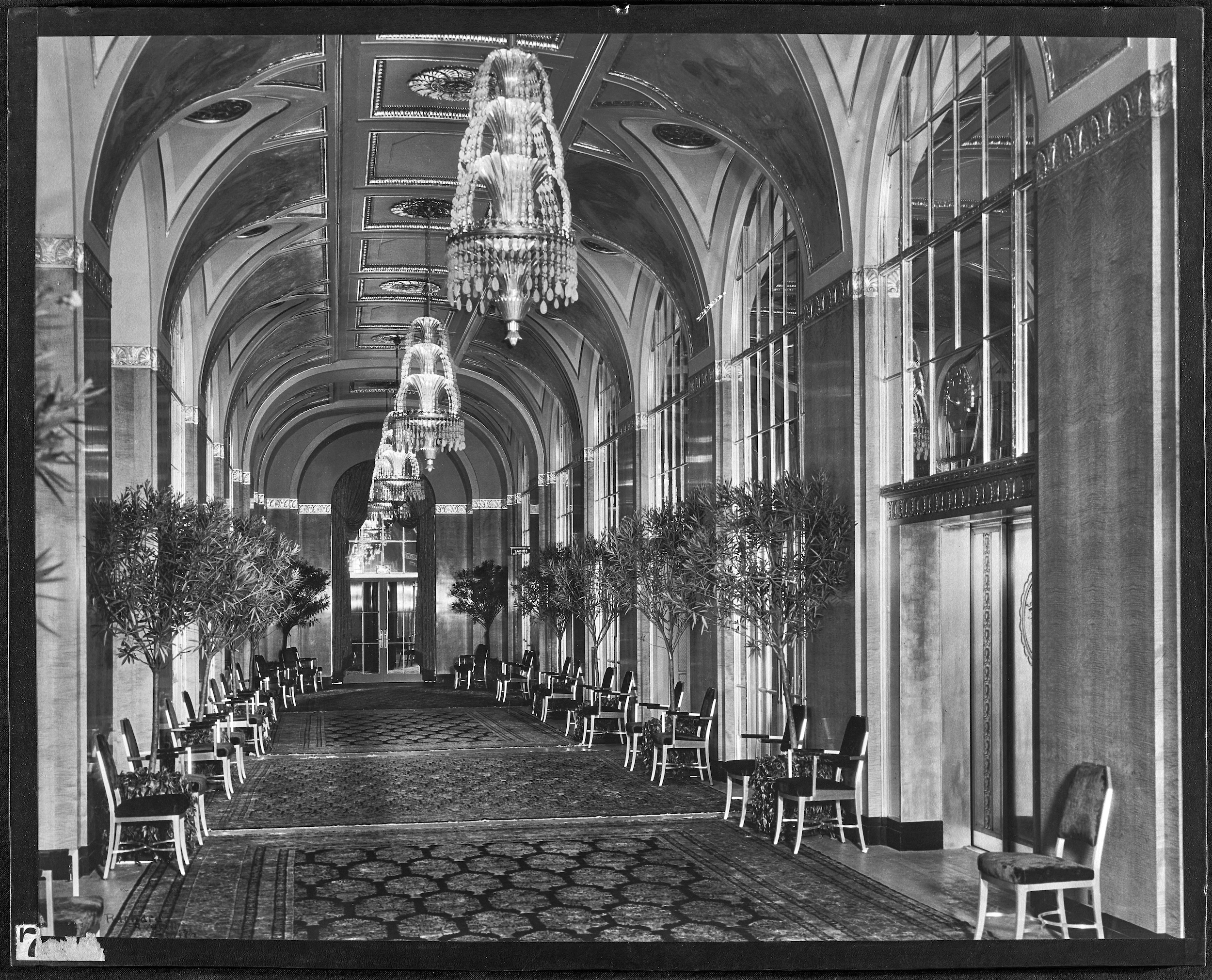
The Silver Corridor, as it originally appeared.
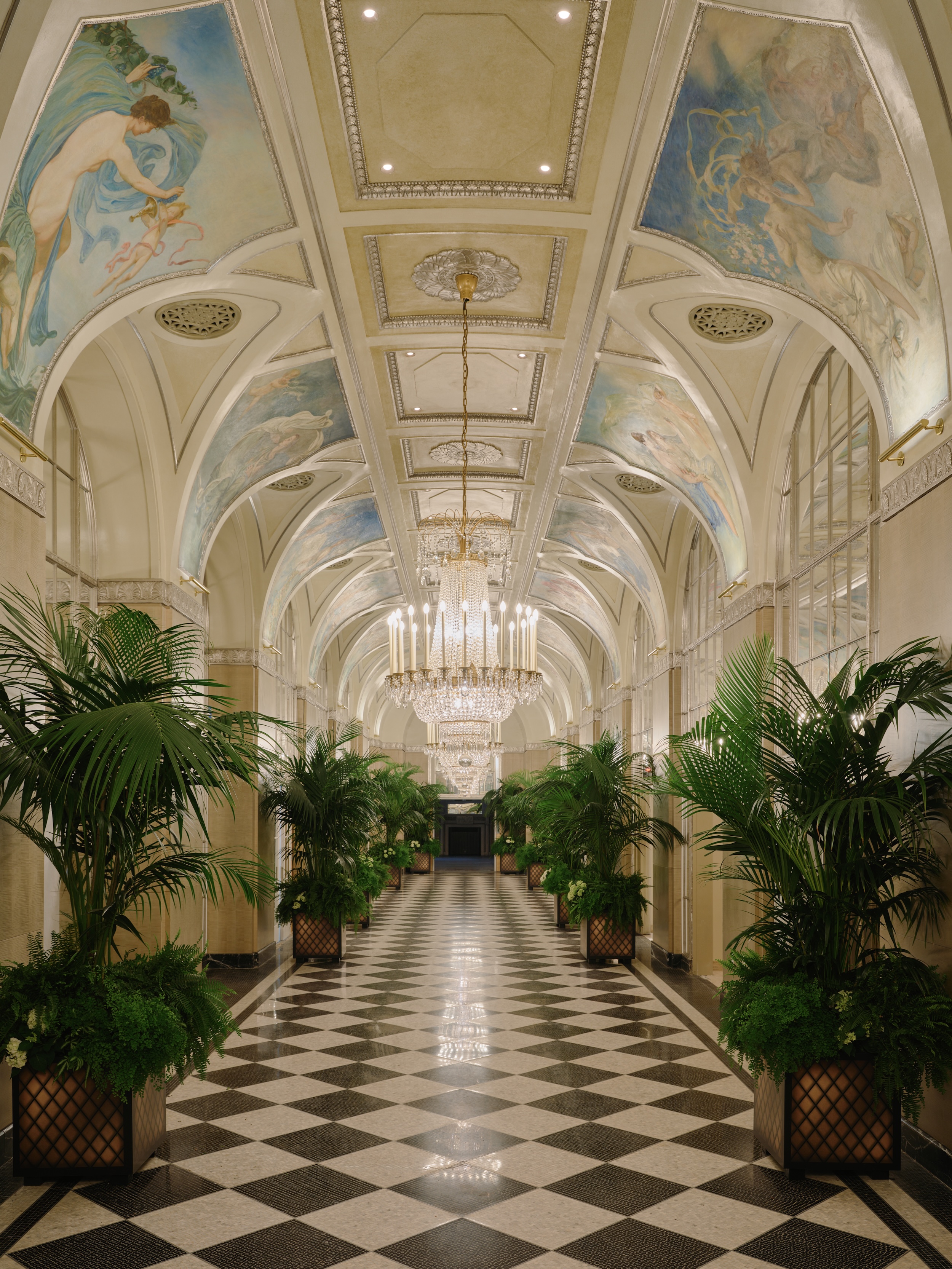
The Silver Corridor, after restoration.
Other metallurgical conservation required a process that almost sounds like the details of a detective story. During previous renovations, attempts to cultivate a patina on metal elements could over time begin to look like actual corrosion. Pepi’s team had to discern which was which.
'On many of the copper alloy grilles, whether used for air or ornamental there was corrosion and in instances overpaint,' he says. 'Many of the nickel silver elements at the interior were stripped and the corrosion removed, then refinished with lacquer to reveal the original metal. This required careful stripping away of the fouled surface until the original could be discerned. It required both field and laboratory investigation (microscopy) and we used an X-ray fluorescence device to identify metals.'
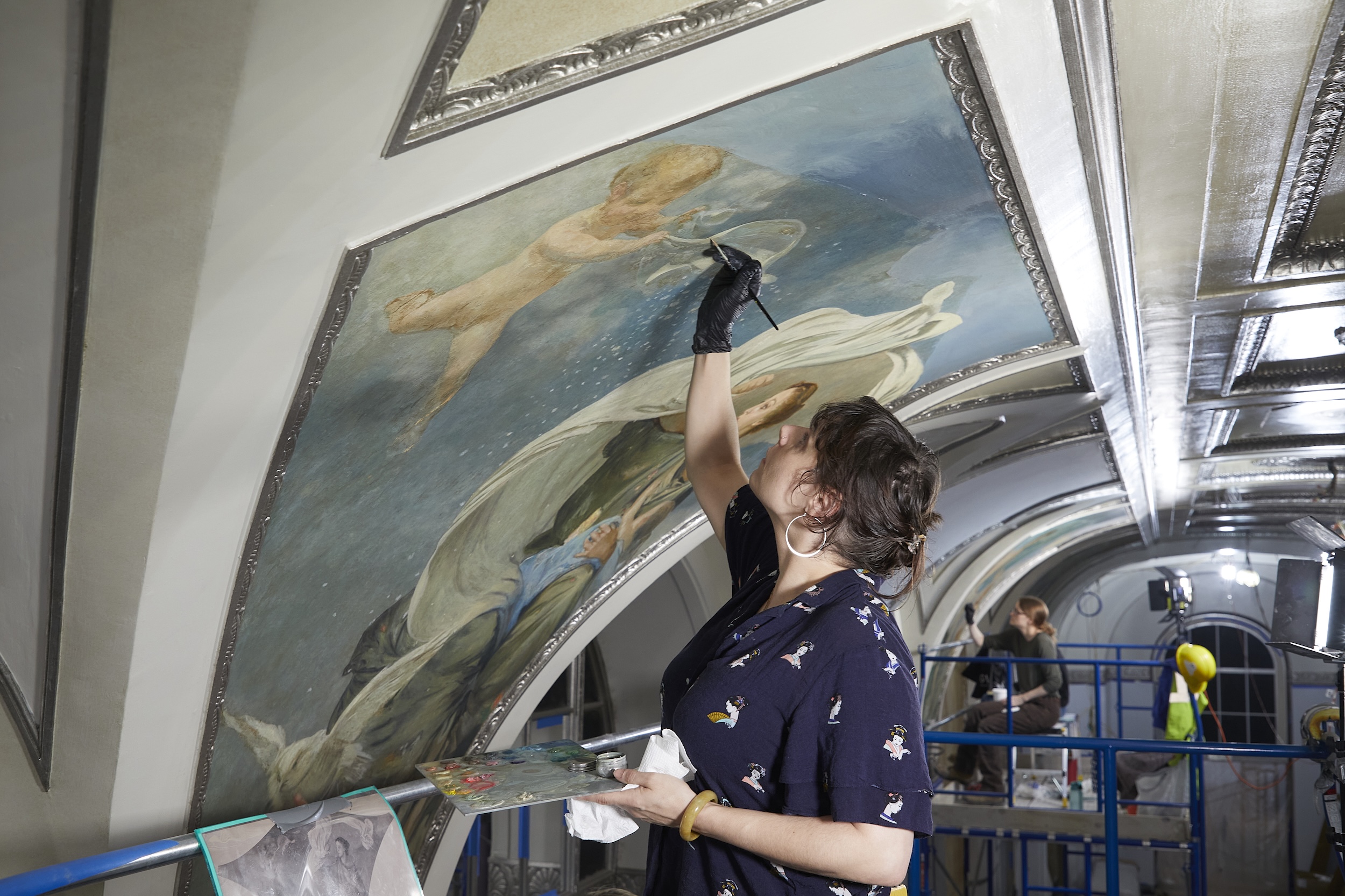
Specialists from Art Care Conservation carefully restore the ceiling murals.
Decades of smoke and urban grit had also taken their toll. Candles and cigarettes had muted the colors of the works of art that had been custom-painted for the Waldorf nearly a century ago. Take the Silver Corridor, a shimmering passageway that connects a series of grand spaces, including the Grand Ballroom and the Basildon Room. The ornate hall was inspired by the Hall of Mirrors at the Palace of Versailles. But instead of reflective surfaces, this space featured 16 wall murals by American painter Edward Simmons. Each mural depicts a month of the year and were especially treasured because they’re among the only elements that had been saved from the hotel’s original location on 5th Avenue (the hotel opened at its present Park Avenue location in 1931).
Kelly O’Neill, a conservator with Art Care Conservation, worked on the Simmons murals, removing decades of grime and shoddy repair work. Now, she says, the paintings seem perfectly at home in their silver surroundings. 'We were able to discover the blues of the skies; everything before our treatment was very green. Now it really kind of comes together with the silver—it complements it really well,' O’Neill says.
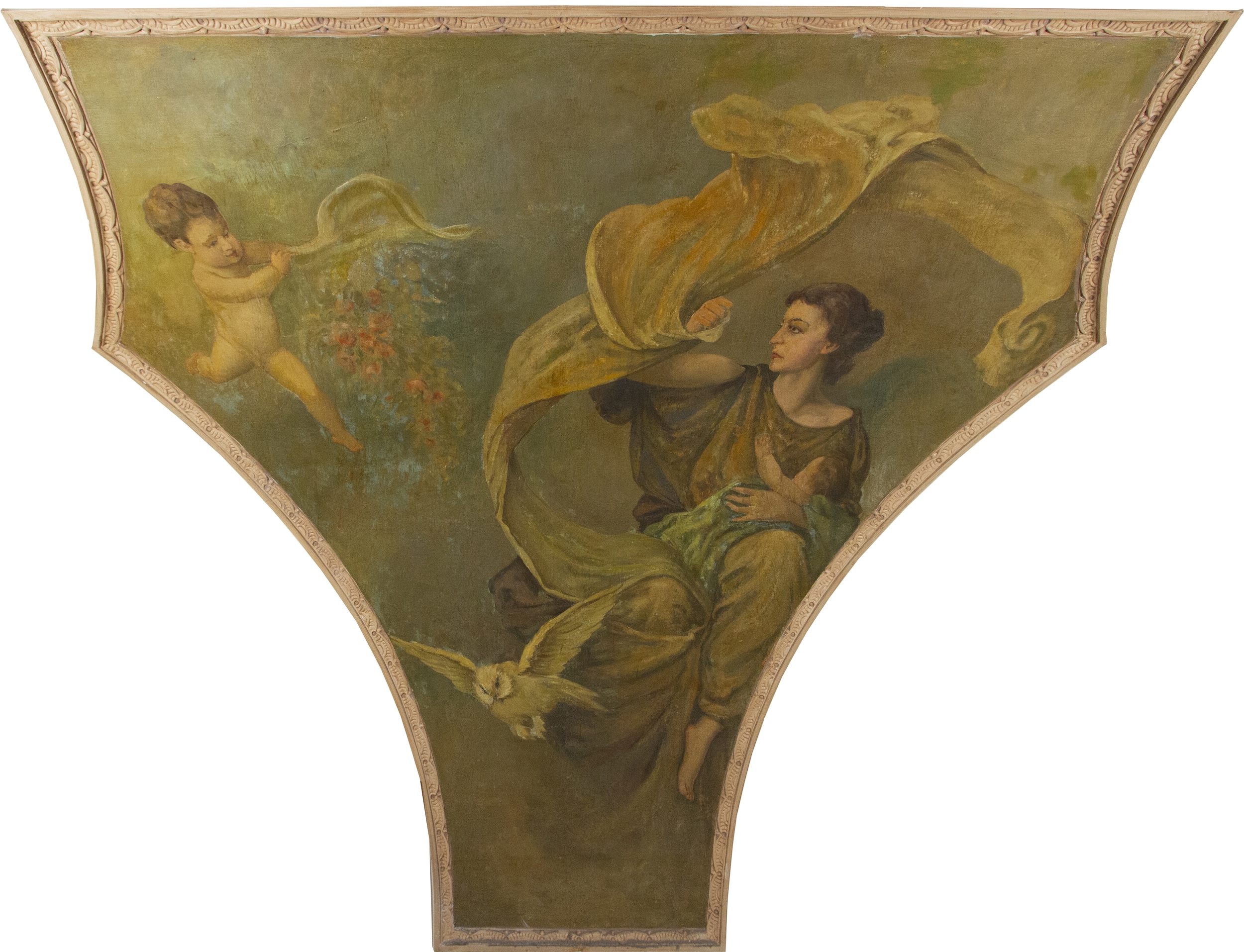
The December panel before restoration was obscured by a film of grit.
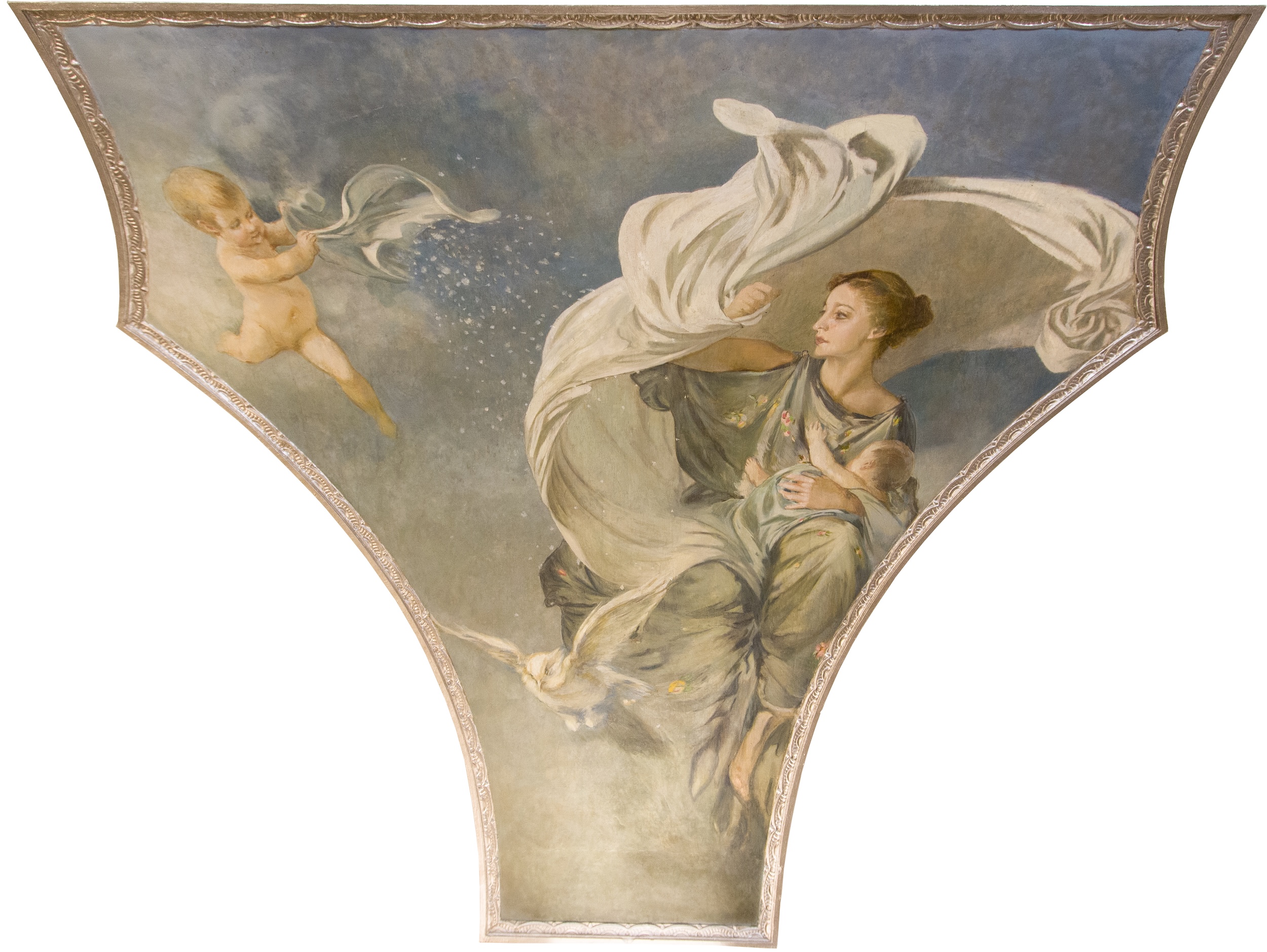
The December panel after restoration.
One Simmons mural in particular, titled December, had been strangely dark before conservation. In the process of cleaning it, fascinating elements emerged. 'There was a snowy owl in it,' O’Neill says. At some point, flowers had been painted into the wintery scene, making it strangely out of sorts. Now restored, the light-colored snow looks perfectly wintry. 'It's this gorgeous, deep blue now,' O’Neill says. 'And there are snowflakes coming out of a little putti’s hand.'
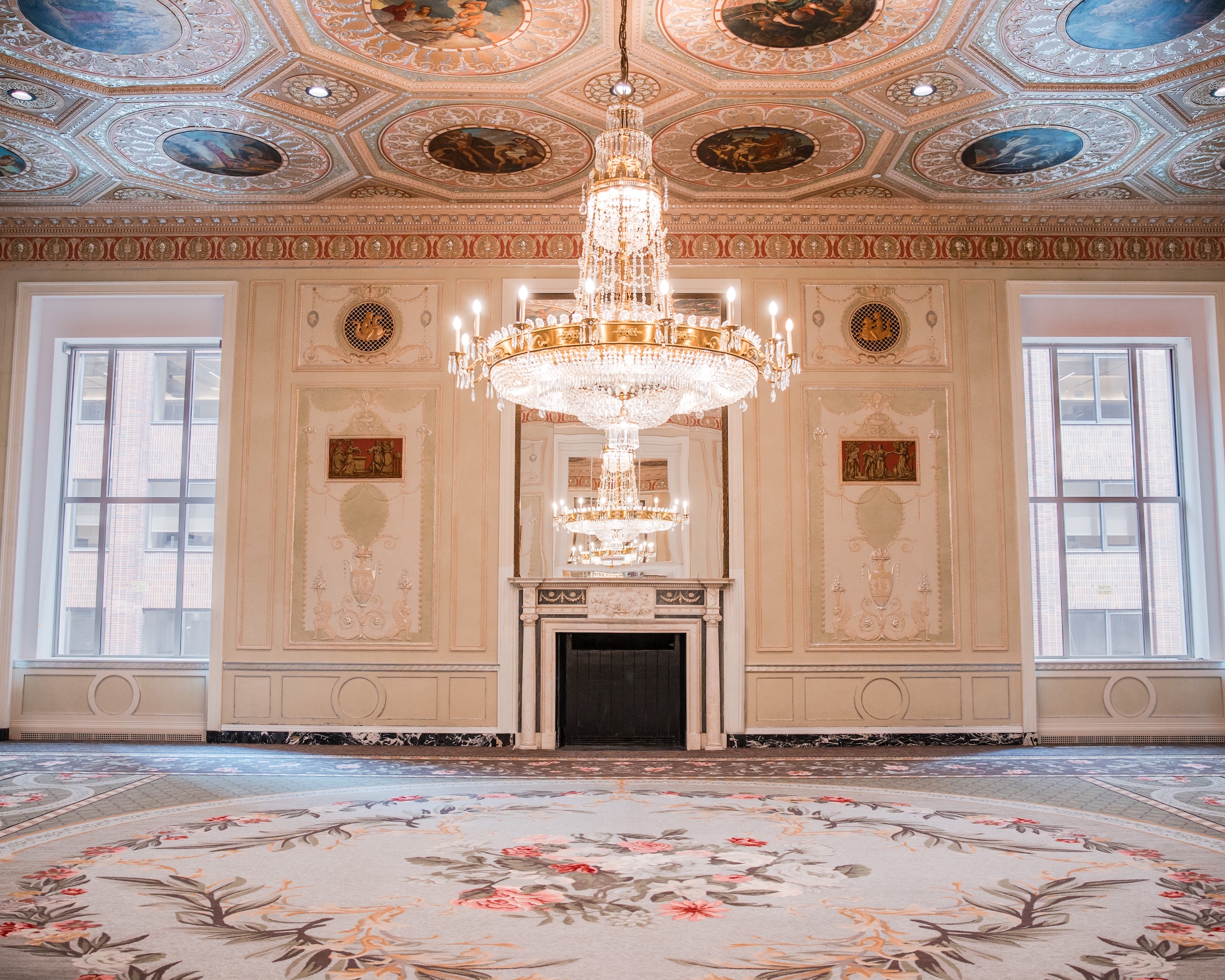
A view of the Basildon room.
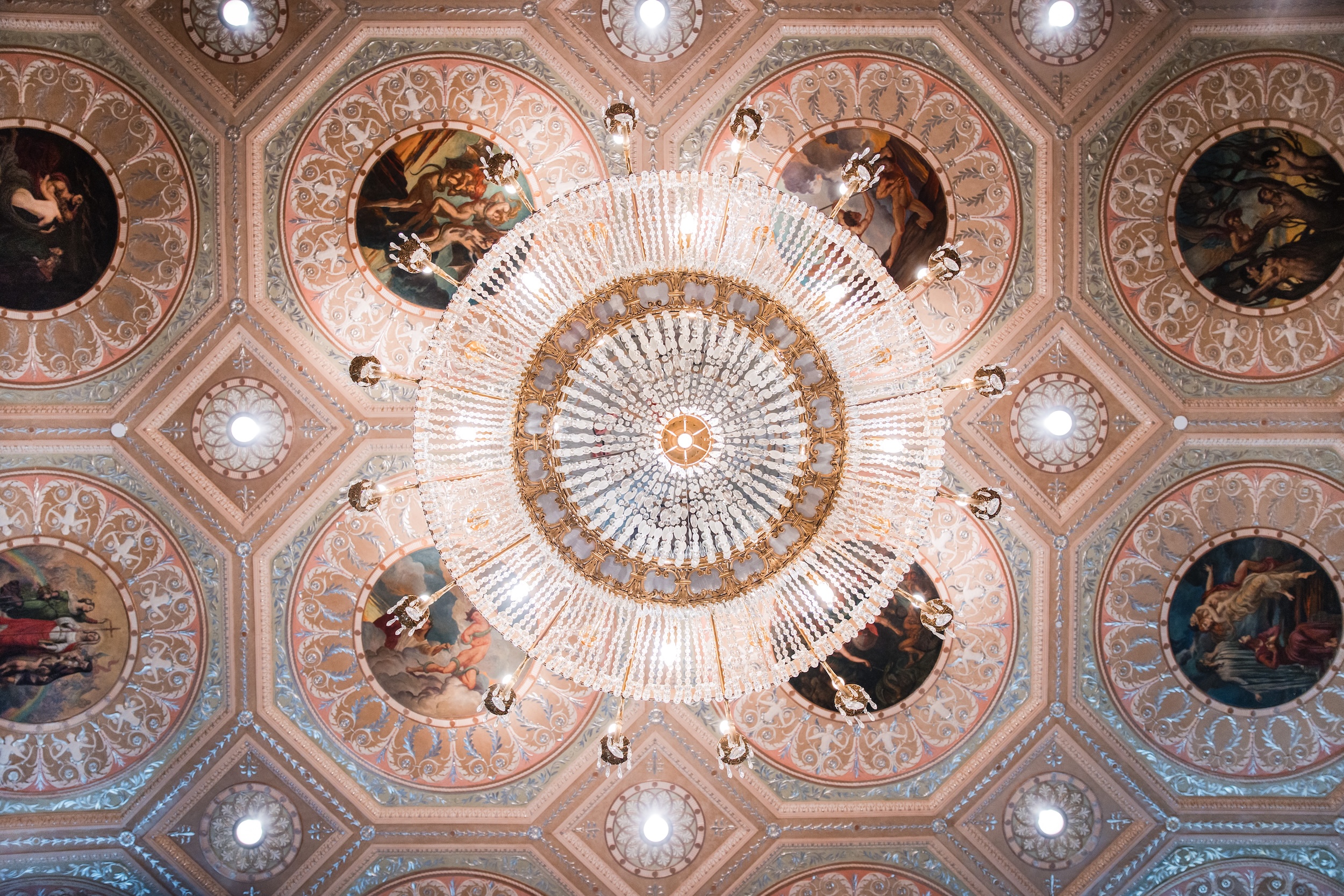
The ceiling of the Basildon room features two dozen paintings.
The works of art in the nearby Basildon Room offer art aficionados (and Anglophiles) additional treasures. There are 24 paintings on the ceiling, each depicting a canto from Dante’s Divine Comedy, from purgatory to paradise. Nine were originally made for Basildon Park, a Grade I listed neoclassical estate in Berkshire, England; architect Leondard Schultze shipped the Basildon paintings to the Waldorf Astoria in the 1930s, and commissioned 15 more to complement the original nine.
Who created these new paintings? 'For years they thought it had all been one artist,' says O’Neill. But up on the scaffolding, O’Neill and the team from Art Care Conservation made a discovery: differing colourman stamps, marks on artist’s materials that help conservators situate works in time and place. 'That let us ascertain that the paintings weren’t all made by the same person,' she says. 'And these were glued to the ceiling so you ordinarily wouldn't see something like that – it was incredible.'
Though the artist’s identities remain obscure (for now) it was the meticulous conservation process that brought them to their original splendour. Now, in this new chapter, the Waldorf-Astoria is poised to create new stories for decades to come.
-
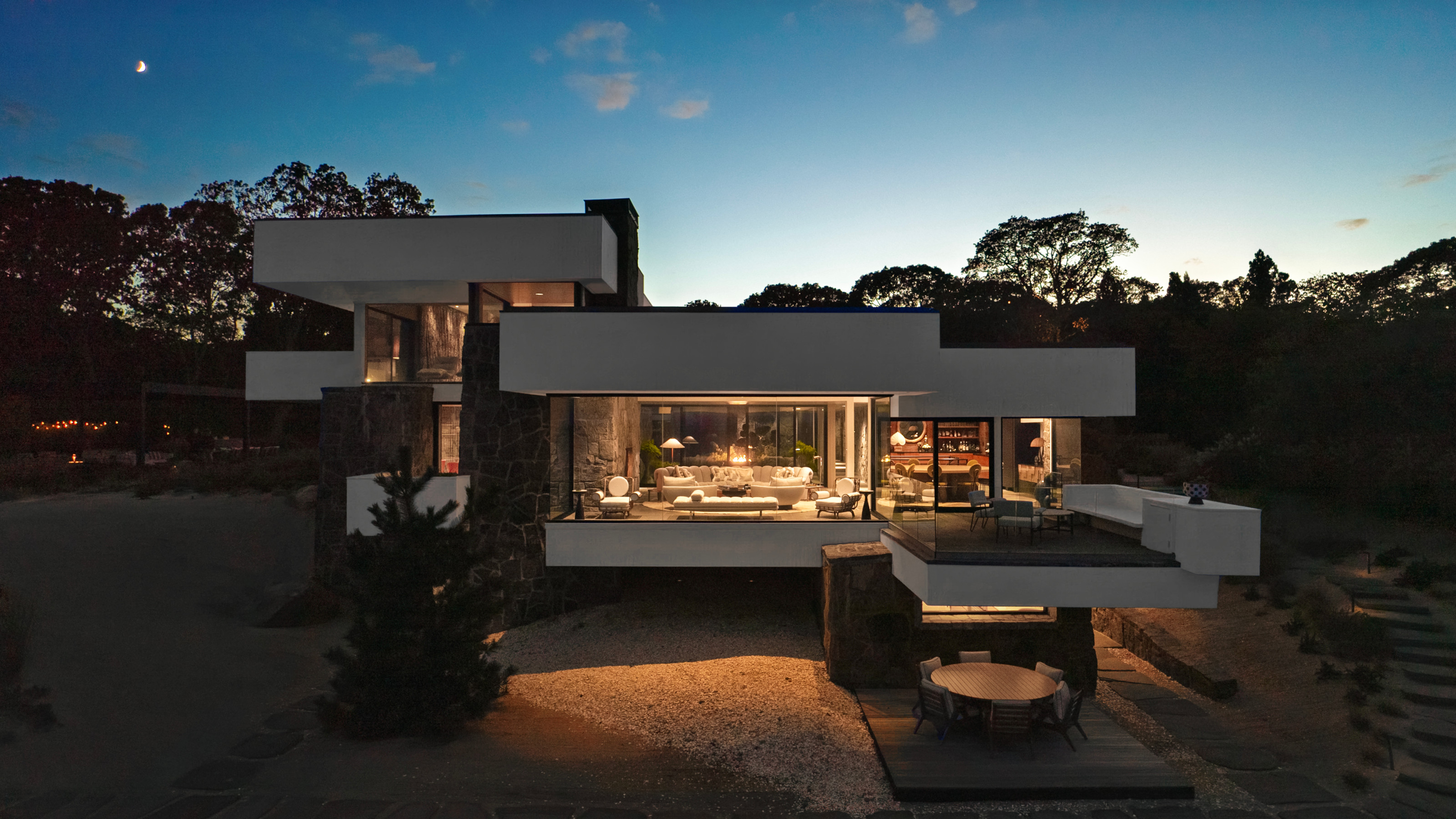 Modernism for sale: a Norman Jaffe-designed icon on Shelter Island hits the market
Modernism for sale: a Norman Jaffe-designed icon on Shelter Island hits the marketThe Osofsky House epitomised the glamour of high-end 70s modernism on Long Island. Now updated and refurbished, it’s back on the market for the first time in over two decades
-
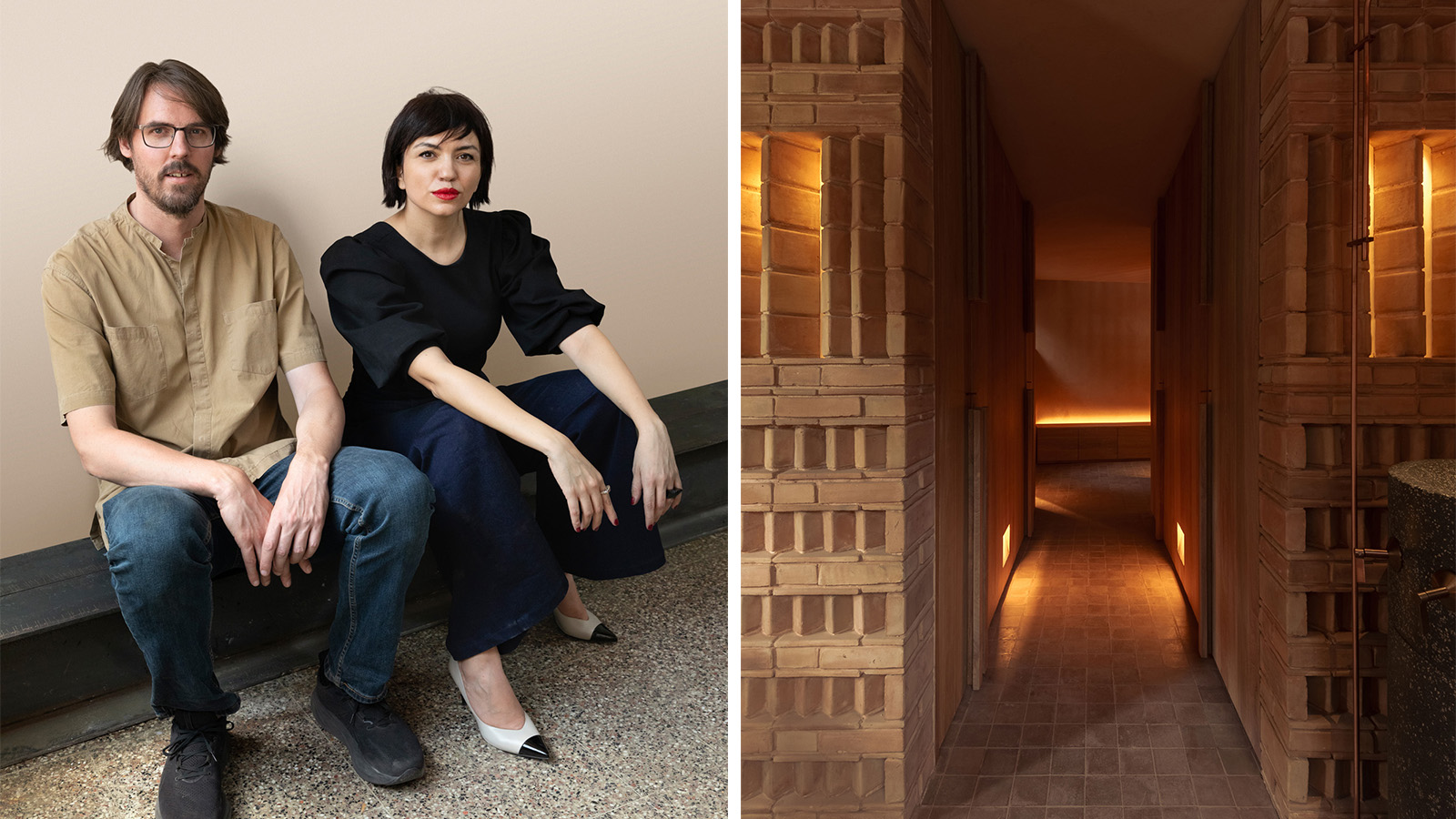 Discover Locus and its ‘eco-localism' - an alternative way of thinking about architecture
Discover Locus and its ‘eco-localism' - an alternative way of thinking about architectureLocus, an architecture firm in Mexico City, has a portfolio of projects which share an attitude rather than an obvious visual language
-
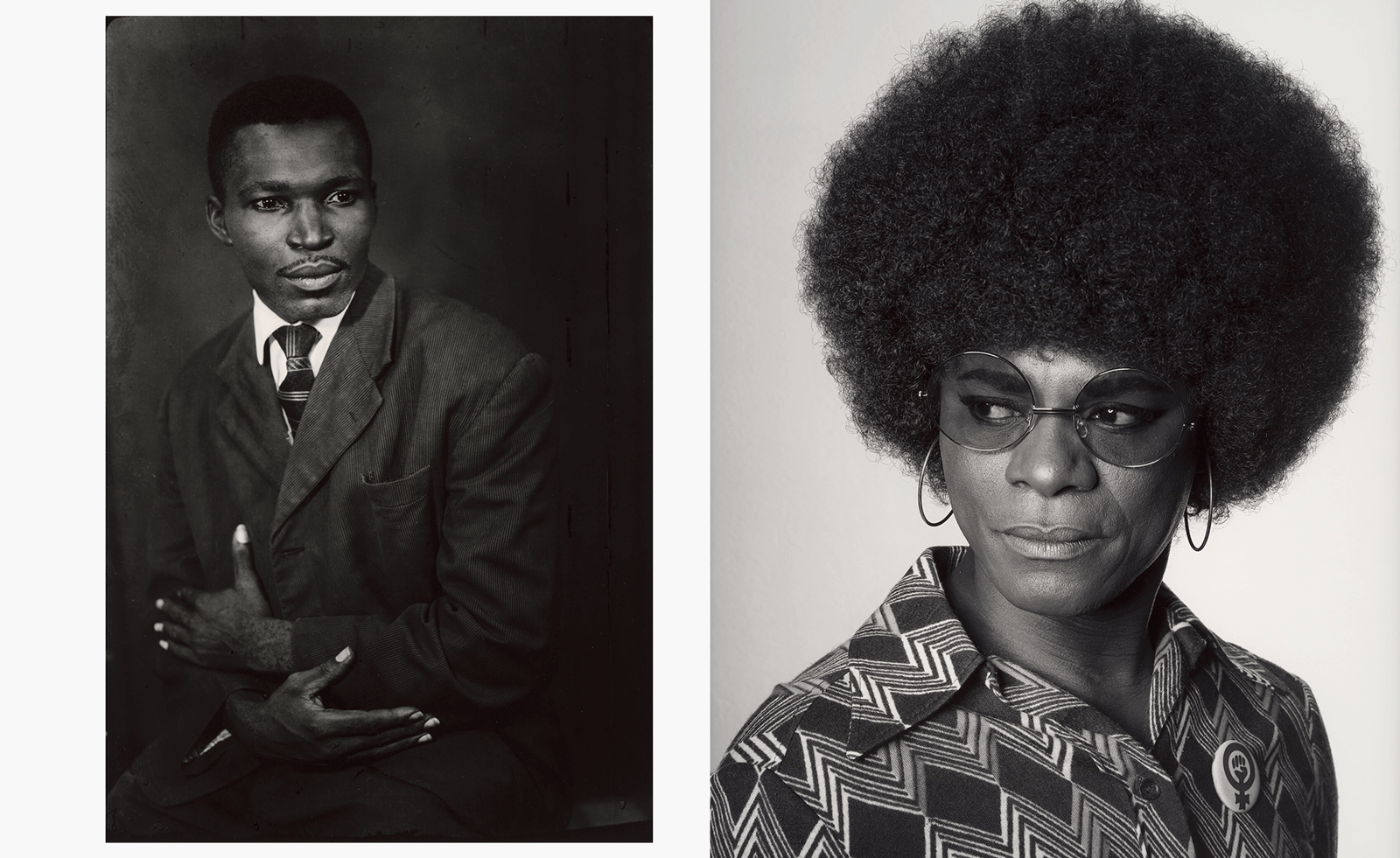 MoMA celebrates African portraiture in a far-reaching exhibition
MoMA celebrates African portraiture in a far-reaching exhibitionIn 'Ideas of Africa: Portraiture and Political Imagination' at MoMA, New York, studies African creativity in photography in front of and behind the camera
-
 The Architecture Edit: Wallpaper’s houses of the month
The Architecture Edit: Wallpaper’s houses of the monthFrom wineries-turned-music studios to fire-resistant holiday homes, these are the properties that have most impressed the Wallpaper* editors this month
-
 Clad in terracotta, these new Williamsburg homes blend loft living and an organic feel
Clad in terracotta, these new Williamsburg homes blend loft living and an organic feelThe Williamsburg homes inside 103 Grand Street, designed by Brooklyn-based architects Of Possible, bring together elegant interiors and dramatic outdoor space in a slick, stacked volume
-
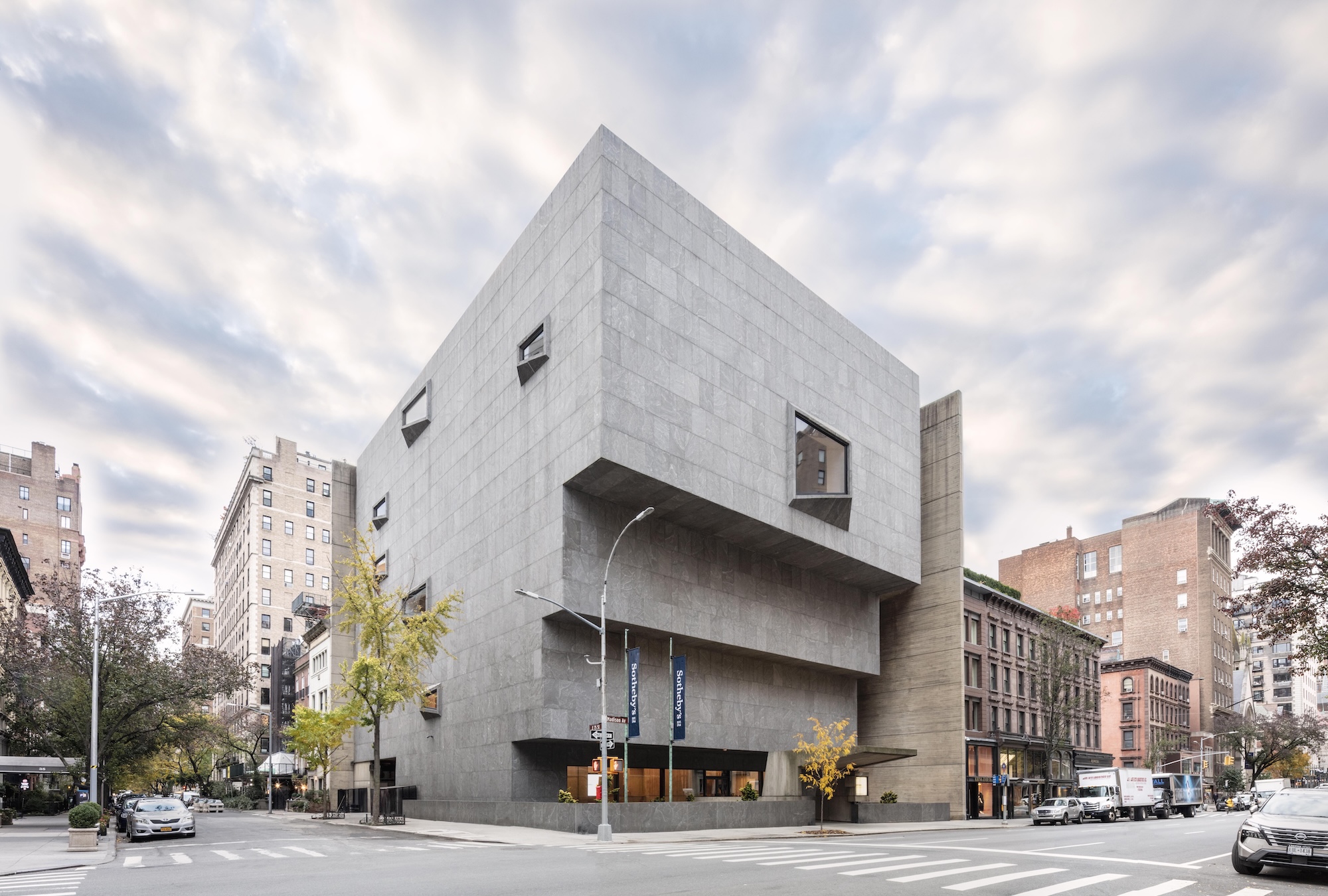 New York's iconic Breuer Building is now Sotheby's global headquarters. Here's a first look
New York's iconic Breuer Building is now Sotheby's global headquarters. Here's a first lookHerzog & de Meuron implemented a ‘light touch’ in bringing this Manhattan landmark back to life
-
 This refined Manhattan prewar strikes the perfect balance of classic and contemporary
This refined Manhattan prewar strikes the perfect balance of classic and contemporaryFor her most recent project, New York architect Victoria Blau took on the ultimate client: her family
-
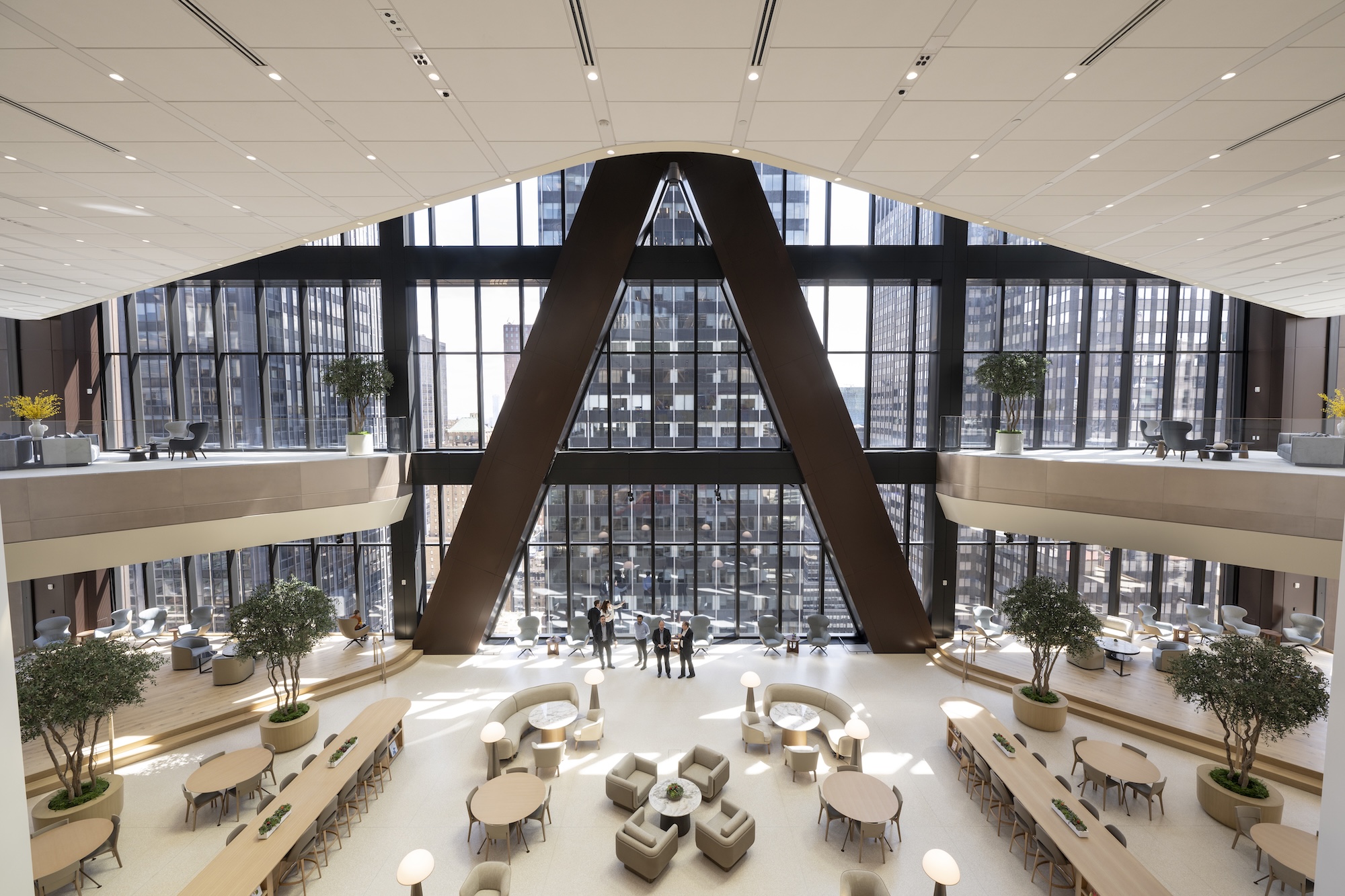 ‘It’s really the workplace of the future’: inside JPMorganChase’s new Foster + Partners-designed HQ
‘It’s really the workplace of the future’: inside JPMorganChase’s new Foster + Partners-designed HQThe bronze-clad skyscraper at 270 Park Avenue is filled with imaginative engineering and amenities alike. Here’s a look inside
-
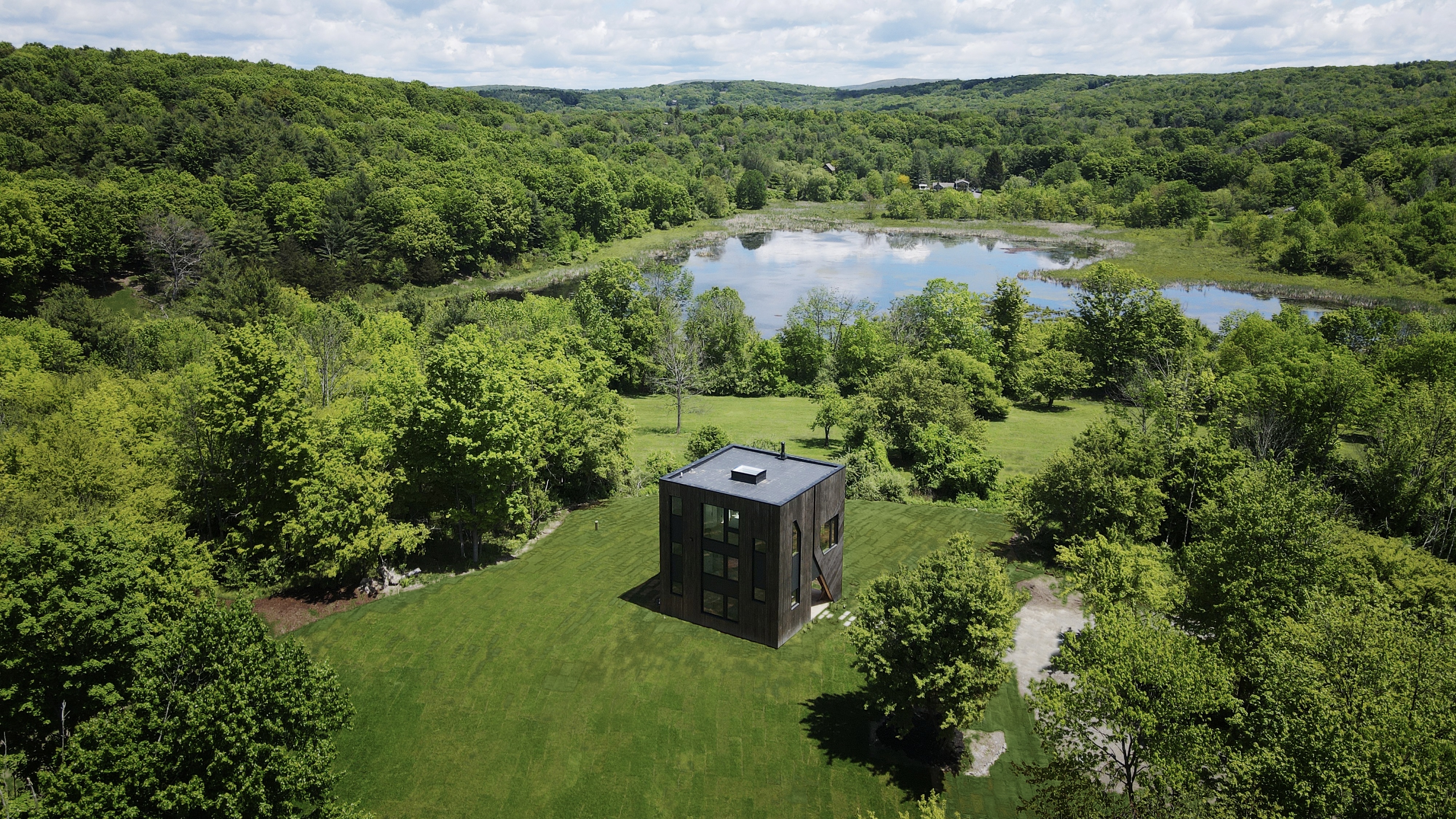 This perfectly cubed house sits atop a hill in Hudson Valley
This perfectly cubed house sits atop a hill in Hudson ValleyForma’s ‘House on a Hill’ resembled a black wooden box – all straight lines and sharp angles against the rolling backdrop of New York State
-
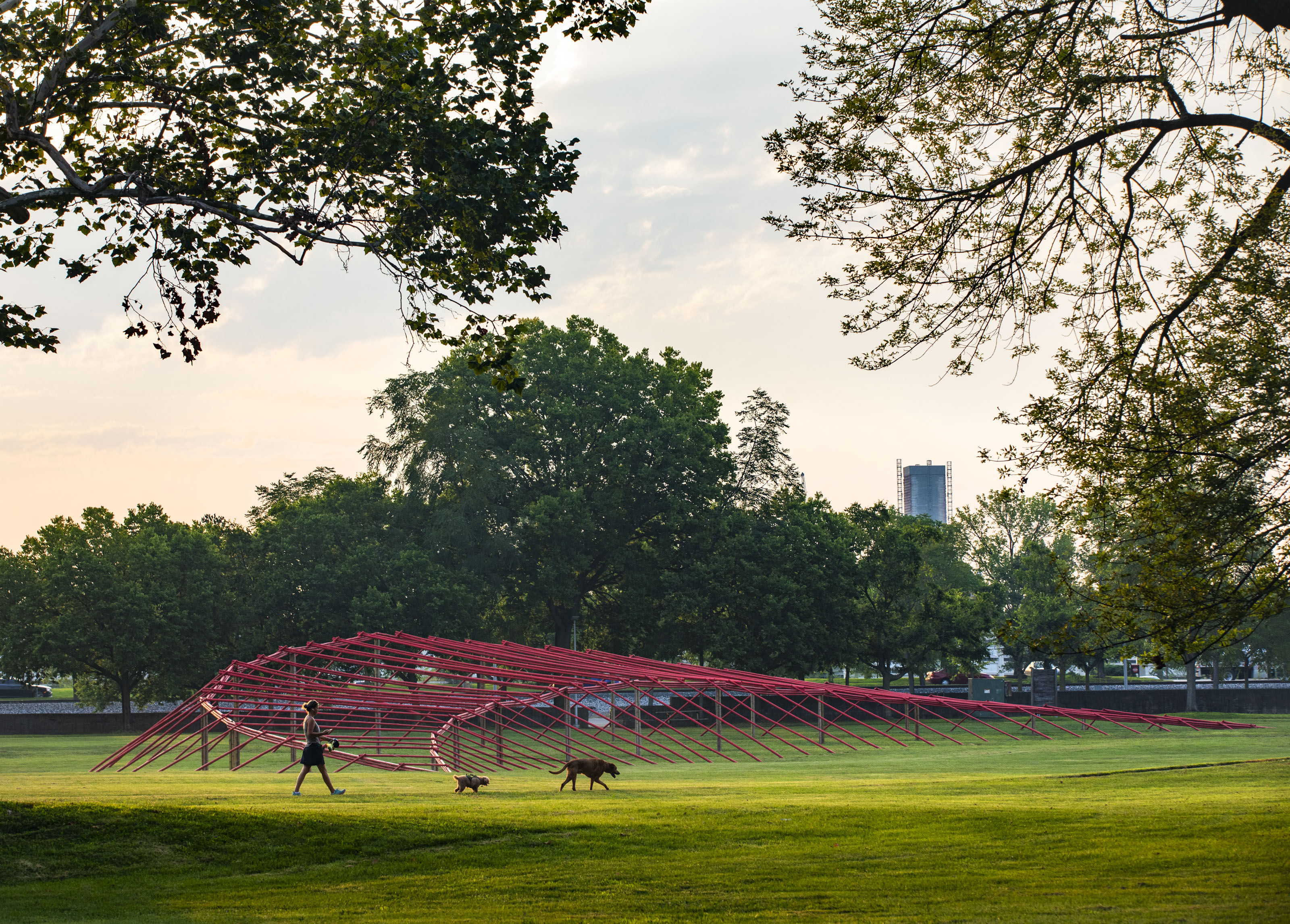 Meet Studio Zewde, the Harlem practice that's creating landscapes 'rooted in cultural narratives, ecology and memory'
Meet Studio Zewde, the Harlem practice that's creating landscapes 'rooted in cultural narratives, ecology and memory'Ahead of a string of prestigious project openings, we check in with firm founder Sara Zewde
-
 We'd happily move into this super-stylish New York architecture office
We'd happily move into this super-stylish New York architecture officeMichael K Chen’s newly expanded Midtown workspace is a calling card for his intuitive style and inclusive approach